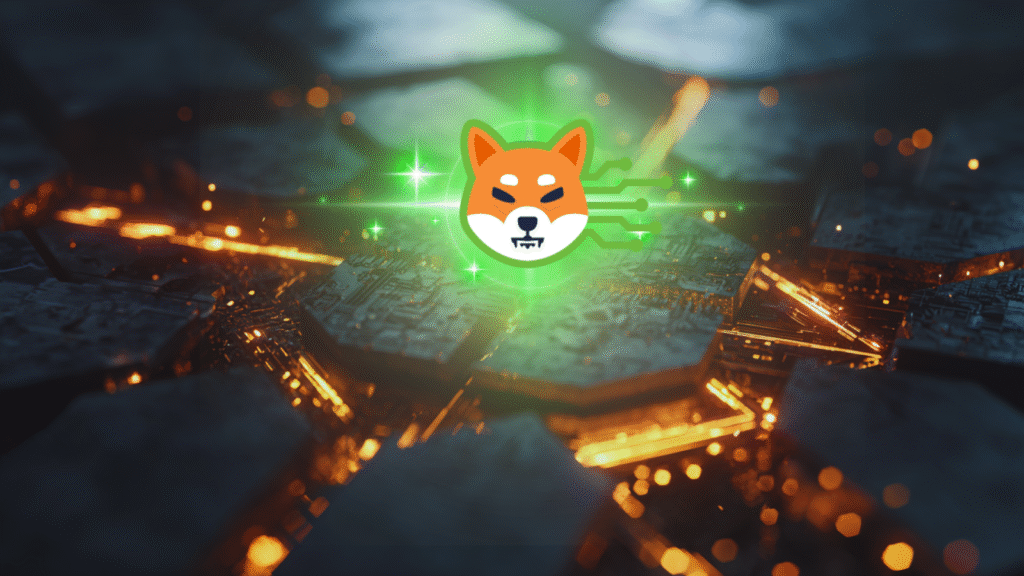
The first report after a crisis is often a raw and human one. The initial dispatch from the Shiba Inu development team was just that, an honest acknowledgment of the immense pressure from the breach. Developer Kaal Dhairya captured the sentiment perfectly, stating that if the attacker’s goal was to “break me and the team—they’ve achieved that goal.” It was the moment the protocol was in the dry dock, the developers exhausted, the hard work of repair just beginning.
In Brief
But the real measure of a development team is what happens next.
Inside the digital war room, the team began their work. The room carried a quiet focus, a sense of purpose that comes from long experience.
Each developer moved with precision, every task measured and accounted for. The process of hardening Shibarium was built on this rhythm, a demonstration of skill, patience, and the steady craft that gives technology its real strength.
For over ten days, the work was relentless. The developer’s log speaks of a team that had to “organize the response into overlapping workstreams, running 24/7.”
This was the core of their strategy: a constant, steady pulse of activity designed to impose order on chaos. It was a cadence built on communication and accountability, with “pager rotations, daily standups, [and] 2–3 syncs per day” ensuring every developer was aligned.
This internal rhythm was reinforced by an outside eye. The cybersecurity firm Hexens acted as an “independent, parallel reviewer,” a crucial second opinion that mirrored their testing and signed off on changes. This ensured the work was not just fast, but flawless.

In a crisis, a crowd panics. A team executes.
The Shiba Inu development team operated as the latter. Their process was built on a clear and deliberate structure that prevented confusion and focused their efforts.
The report highlights “distinct owners for infra, contracts, validator ops, [and] testnets.” Each developer had their station, their responsibility, their piece of the protocol to maintain and repair.
This “separation of duties” is crucial. It ensures that the person reinforcing the smart contracts isn’t also trying to manage the infrastructure.
It allowed for specialized, parallel progress, turning a monumental task into a series of manageable, coordinated actions. This structure was built to have “no single points of failure,” a direct lesson from the breach itself.

Perhaps the most telling detail of this entire process was its patience. In the high-stakes world of crypto, the pressure to deliver a quick fix is immense.
Yet, the team’s guiding principle was one of careful craftsmanship. As the log states, “every critical change [was] rehearsed off-chain or on testnets first.”
This is the digital equivalent of an engineer bench-testing a repaired part before installing it back into a live engine. The ledger fix was first performed on a private Devnet.
Then it was validated again on the public Puppynet. Only after it was proven to work perfectly in controlled environments was it brought to the main network.
This methodical, three-stage validation wasn’t a delay; it was a non-negotiable part of a process designed to harden, not just to patch.
This quiet discipline; the steady rhythm, the clear structure, the patient craftsmanship; is the untold story of the recovery. The protocol was hardened because the human process behind it was already hard, built on a foundation of professional resilience.
The strength of a protocol is a reflection of the discipline of its developers. The Shiba Inu development team showed that the best way to weather a crisis is with a steady hand and a methodical process.
The true strength of the protocol was not revealed in its flawless operation, but in the character of its repair. It prompts a vital question for all of us: What if the real measure of our community’s strength is not the absence of challenges, but the discipline and unity we show when they inevitably arise?